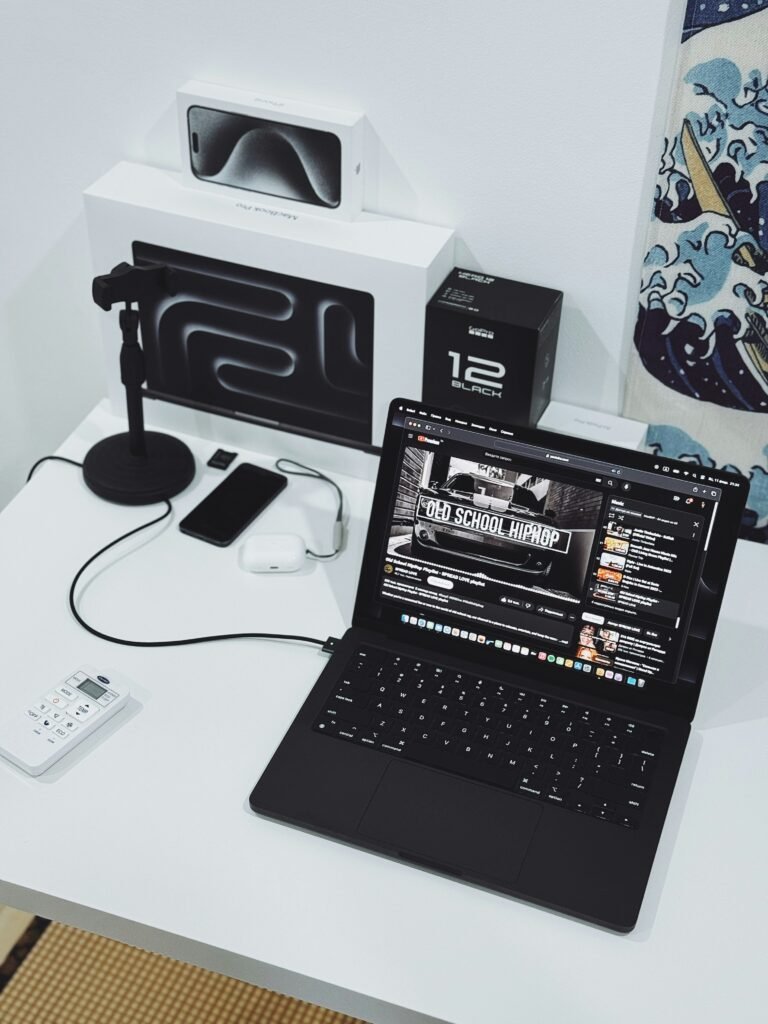How do I balance my professional life with personal commitments while working from home? It’s a question many of us grapple with as remote work continues to be an integral part of our daily lives. The convenience of working from the comfort of our own homes can blur the lines between our career responsibilities and personal needs. Without a proper strategy, achieving a healthy work-life balance might seem elusive. Let me share how I approach this challenge and find harmony in my day-to-day routine.

Understanding the Challenge of Work-Life Balance at Home
Working from home has its perks—flexibility, no commute, and the ability to customize our work environment—but it also presents unique challenges. When my office is just a few steps away from my living room, it can be hard to “leave work at work.” That constant proximity to work can be a source of stress, potentially leading to burnout.
Identifying the Reasons for Imbalance
Before I could tackle the issue, I needed to understand why balance was so elusive. Was I working too many hours? Did I lack boundaries or was it my environment? Identifying these factors allowed me to address them directly. For some, it might be about distractions at home, while for others, it could be an overwhelming workload. Knowing what’s causing the imbalance is the first step to correcting it.
Setting Honest Expectations
I realized that part of the imbalance stemmed from setting unrealistic expectations for myself. In a quest to be highly productive, I sometimes overcommitted. It’s essential to set achievable goals for both work and personal life. This involves being honest about what I can realistically accomplish in a day and ensuring that my workload doesn’t infringe upon personal time.
Establishing a Structured Routine
One of the most effective strategies I found for maintaining work-life balance is developing a structured routine. Routines create a framework within which I can manage both professional responsibilities and personal activities.
Defining Clear Work Hours
Working from home should not mean being on-call round the clock. I set clear work hours and communicate these to colleagues and family members. This helps establish expectations and reduces interruptions. If I commit to starting work at 9 a.m. and finishing by 5 p.m., I make sure to honor these commitments.
Prioritizing Tasks
Creating a priority list helps me focus on key tasks that need immediate attention. By categorizing tasks as urgent, important, or non-essential, I can manage my workload effectively. This way, I avoid feeling overwhelmed, and I am able to allocate time for personal activities after work.

Designing an Optimal Workspace
An efficient workspace can significantly influence productivity and focus. In creating my home office, I paid attention to design and organization.
Ergonomics for Comfort and Productivity
Investing in ergonomic furniture made a huge difference in both comfort and efficiency. A good chair, a properly adjusted desk, and appropriate lighting enhance my work environment. These adjustments prevent physical strain and make my work hours more productive.
Minimizing Distractions
A designated workspace helped me minimize distractions. I choose an area with minimal foot traffic and clear it of non-essential items. By doing this, I keep my focus on work, relegating personal tasks and distractions to non-work hours.
Personalizing the Space
While it’s important to maintain professionalism, adding personal touches to my workspace—like a favorite plant or artwork—helps make the space inviting. Personal items can boost my mood and motivation as I work.
Implementing Effective Communication Strategies
Communication is key when working remotely. Staying connected to colleagues and supervisors alleviates feelings of isolation and ensures cohesive work progress.
Utilizing Technology
I rely on digital tools to maintain effective communication. Platforms like video conferencing and project management apps facilitate collaboration and keep everyone on the same page. By utilizing technology efficiently, I bridge the gap that physical distance creates.
Setting Clear Boundaries
To maintain balance, I set clear boundaries with both colleagues and family. This means communicating when I am available for work discussions and when I need to focus on personal or family time. Clear communication helps manage expectations and respects everyone’s time.

Incorporating Breaks and Self-Care
Regular breaks are essential for maintaining mental and physical health. It’s easy to forget this when I’m immersed in work from home.
Scheduling Breaks
I make a deliberate effort to schedule breaks throughout the day. A short walk, a coffee break, or time spent reading allows me to recharge. These pauses not only improve my productivity but also enhance my overall well-being.
Practicing Mindfulness and Relaxation
Incorporating mindfulness practices such as meditation or deep-breathing exercises helps reduce stress. Even a few minutes dedicated to relaxation can significantly improve my focus and mood.
Committing to Physical Activity
Physical activity is a crucial element for maintaining balance. Whether it’s a home workout or a stroll in the park, exercise refreshes my mind and body. It keeps me healthy and helps transition from work mode to relaxation mode.
Engaging in Personal Interests
Maintaining a work-life balance also involves pursuing activities outside of work that nourish the soul.
Allocating Time for Hobbies
I ensure to allocate time for hobbies and interests that I am passionate about. Whether it’s painting, cooking, or playing music, these activities provide an outlet for creativity and relaxation.
Spending Quality Time with Loved Ones
Balancing work with time spent with family and friends is crucial. Whether it’s a shared meal or a conversation, prioritizing these interactions strengthens relationships and adds richness to my life.

Adapting and Evolving My Approach
The world of remote work is dynamic, and balancing it with personal life is an evolving journey.
Being Flexible
While routines are important, being adaptable is equally crucial. Sometimes unexpected work demands or personal emergencies arise, and being flexible helps me navigate them without undue stress.
Measuring Success and Making Adjustments
Regularly assessing my work-life balance strategy is important. By reflecting on what’s working and what isn’t, I can make necessary adjustments and ensure continued balance as circumstances change.
Conclusion
Achieving a work-life balance at home is an ongoing process of reflection, adaptation, and discipline. By understanding the factors contributing to imbalance, establishing structured routines, creating an optimal workspace, and nurturing personal interests, I maintain a harmonious blend of work and life. Each of these elements plays a significant role in ensuring that my professional and personal life coexist without one overshadowing the other. With commitment and effort, a fulfilling balance is certainly within reach.




